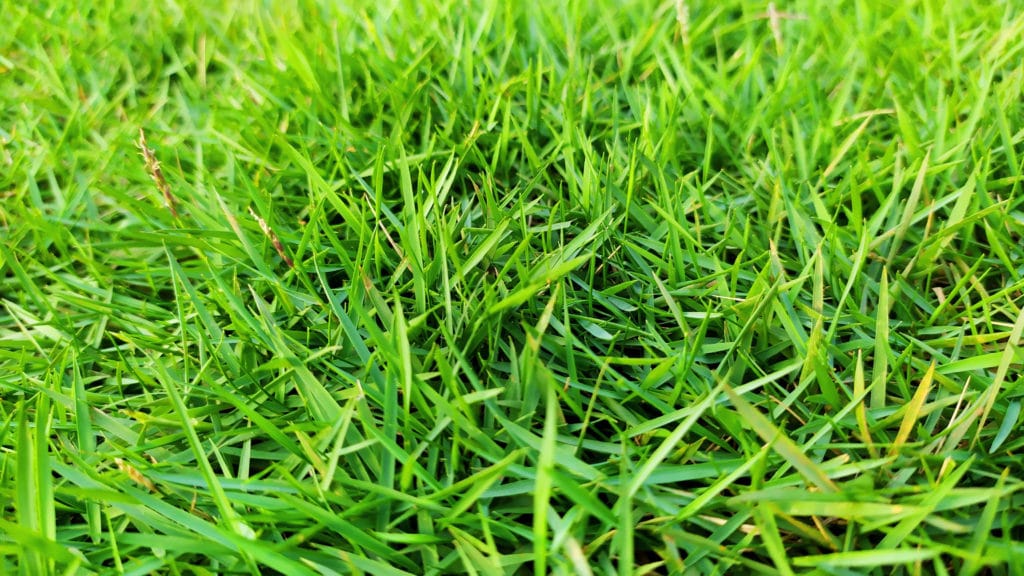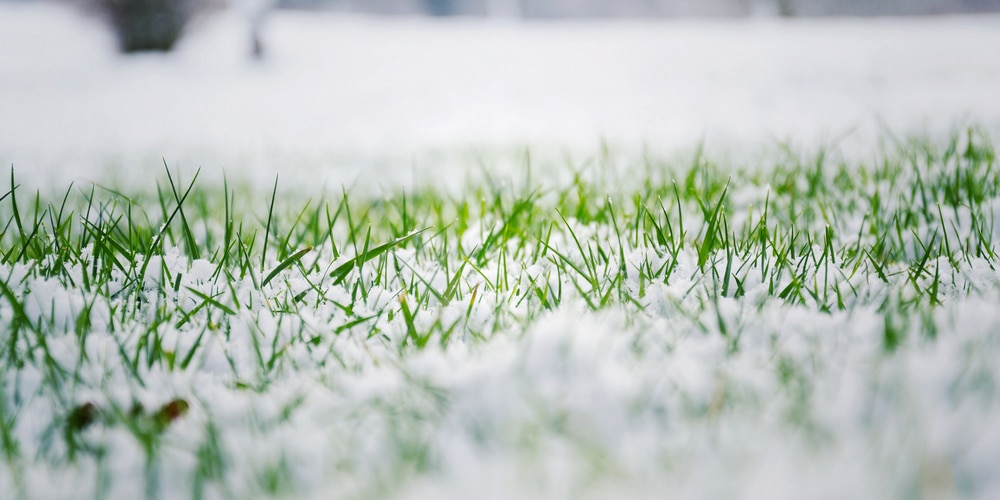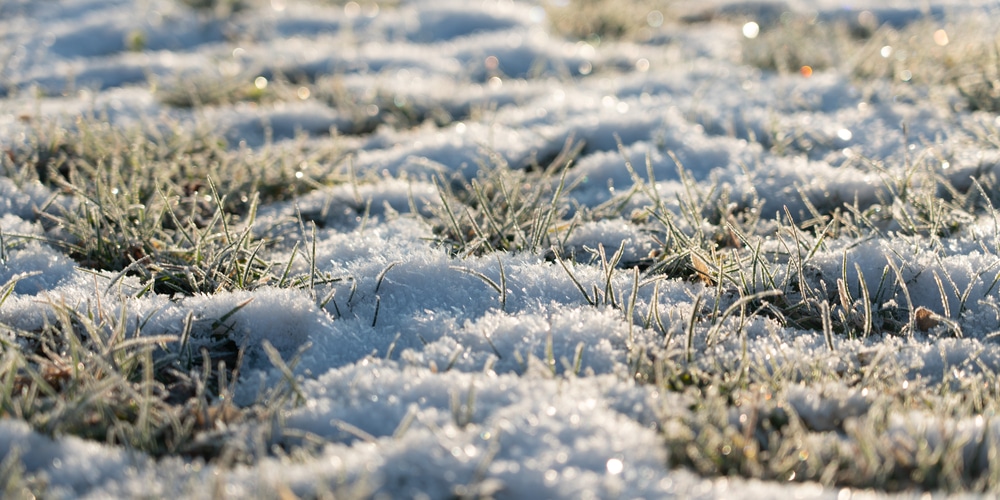Zoysia grass is an incredibly popular turfgrass for homeowners across the United States, especially in the South Eastern portions of the country. It’s known for its ability to thrive in states like Florida, Alabama, and Mississippi, where other types sod will wilt in the summer heat.
Zoysia is a warm-season grass that can cope with warm weather and is heat and drought resistant. If you live in an area that gets very cold winters, your lawn will become dormant and may start to turn brown. The appearance of zoysia grass will depend on the season and climate where you live. Let’s look at how zoysia grass survives winter and answer some common questions homeowners have.
Does Zoysia Stay Green in Winter?

Whether or not zoysia stays green in winter depends on where you live and how cold the climate is. In warmer areas where temperatures remain above freezing, Zoysia Grass will likely stay green in winter as long as it’s properly cared for. If you live in USDA zones, 6 to 11, it’s possible that you’ll have a green zoysia lawn tear round. This variety of grass does well in the transitional zone as it’s hardier than Bermuda grass.
In order for Zoysia grass to thrive and stay green in the winter, it should be well cared for during the growing season. Ensure you fertilize and water your lawn regularly to improve its health. A lawn that’s dense and healthy will be more likely to remain green in the winter, although you may notice that your grasses color fades slightly.
There are a number of factors that can lead to browning and, ultimately winter kill. The number one cause is moisture; your grass will wither away if it doesn’t have enough water, especially during the coldest parts of the year. If you allow Zoysia to stay too dry, the most likely outcome is that it’ll turn yellow and die. Secondly, freezing temperatures will cause Zoysia to brown and die, regardless of whether or not your grass is well watered.
Does Zoysia Grass Die in Winter?
Zoysia is a perennial grass that remains deep-rooted all year long and doesn’t generally die in the winter. During summer, Zoysia is green and thick. If you maintain it properly, the turf will deepen in color during the hotter months to help it fight off heat stress. Healthy grass will also be able to cope better with cold winter weather.
Because of its deep roots, Zoysia grass will be fine down to a temperature of around 20°F. When temperatures dip below zero, the green will fade from the blades and turn brown, but it won’t die. In the early spring, when the weather starts to heat up again, zoysia grass that has become dormant will begin to grow again and you’ll soon have a healthy green lawn.
Can You Plant Zoysia Grass in Winter?
Zoysia cannot be seeded in winter because it’s a warm-season grass and won’t have enough time to root down into the soil before frost or snow arrives. It’s best to plant zoysia in the spring or summer when temperatures are warm enough for growth to occur without interruption.
This is one of many reasons why Zoysia grass isn’t recommended for Northern states. It’ll need around ten months to become fully established, and in places where winter temperatures can dip well below zero; that just isn’t going to happen.
Zoysia grass seed should be planted in a sunny location where the topsoil is loose enough for germination. It doesn’t need a lot of fertilizer because it thrives quite efficiently from organic matter.
Conclusion
Zoysia grass is a beautiful, low-maintenance choice for homeowners in milder climates, where it will maintain its color throughout the autumn before going dormant in winter. It’s not possible to plant Zoysia in colder regions because winter temperatures couldn’t permit the grass to survive, much less become established.
If you live in a region where winters are mild and Zoysia can thrive, be sure to plant it in spring or fall when there’s plenty of sunlight. The soil needs to be loose enough for germination, which means tilling up the ground before seeding.
Related:

